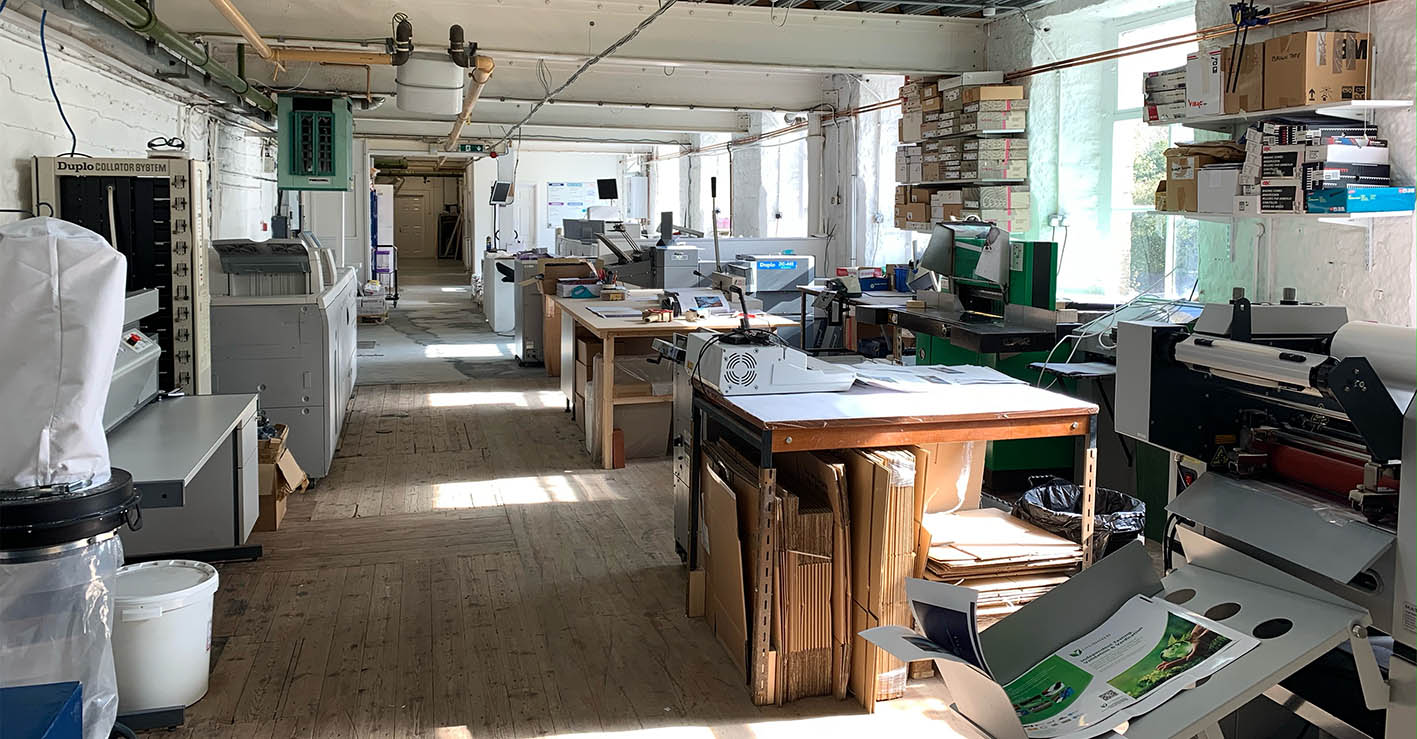No hiding… honesty is one of our values
We often get asked to competitively pitch on projects. And occasionally we say no, we’re not going to quote when we see what we’re against. We don’t do race to the bottom. However recently we’ve had feedback from an end user who showed us what was advertised and what they got. The original specification sheet and the supplied polo shirt were nowhere near a match.
What we do…
- Our garment proposal sheets, feature clear positionals and photos of the proposed garments.
- We only specify garments we know and trust.
- We provide honest advice on what will work in different print and embellishment methods – some are better than others at different things.
- Honest charging and can suggest the right breakpoints to achieve cost performance points.
- We provide options to enhance the end-user experience – tagging and bagging or packing.
So, with the case study above, we’d ensure that a heavier-weight garment was specified to match the end user’s environment. It also takes a detailed print better. The proposed garment had opportunities for further trimming or embellishment to add value to the merchandise proposition. We would offer an option for branded tagging, if you wanted an end-user experience to be delivered more “branded” we can recommend easily branded pain packaging to deliver within a cost budget. This packaging can also be nearly plastic-free for better environmental credentials.
If you are in a specific sector, we understand that your market audience has expectations. A good example of this is motorsport, where attention to detail, and specification of the performance vehicles is matched by the specification and detail of the apparel used. Whether two-tone garments, garments with colour panels, or piped trim, detail in print and embroidery is absolutely critical.
Part of our service is the fact we spend considerable time getting to know the products we use. Whether this is getting touchy-feely at trade shows and roadshows, getting samples in and putting them to the physical test.
Talking of physical tests… in the last year, we’ve rejected 2 items on our testing programme. These include workwear boots, which were inconsistently manufactured and the product support through wholesale and distribution didn’t match our expectations. The other was a Hoodie, which bobbled on after the second wash.
The crux is, if you value your brand, doing the right thing sometimes takes a bit of a bottle. If you are doing merchandise, think about the sales journey, reviews, product evaluations, and user-generated content is now major selling points. If you go on a race to the bottom and don’t have honest sales collateral you will get adverse responses from your valued customers, audience, followers or the better description for them – stakeholders.






